BLOG
Top Office Design Trends
Jul 20 2017
Darren Best
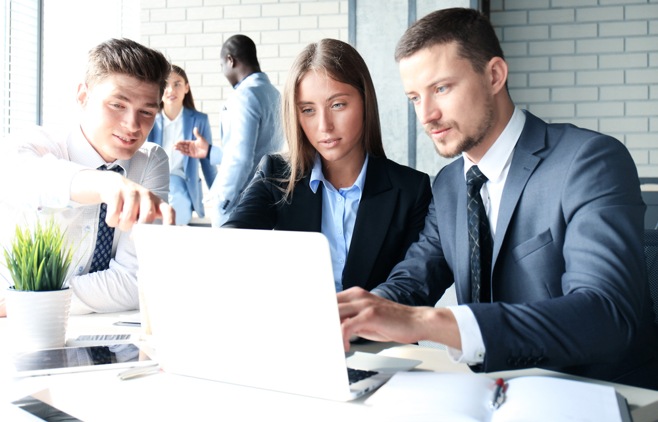
1. Designing flexible layouts
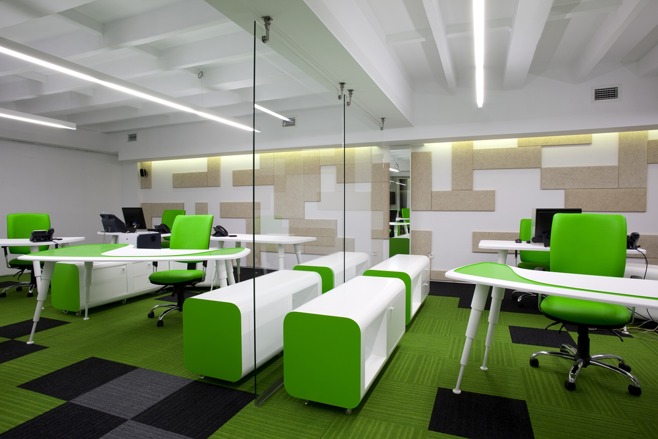 Basileus / Shutterstock
A well-designed workplace is paramount to a modern-day office. A space that can easily be altered to adapt to suit changing requirements on a daily basis, and as the business progresses and grows, is becoming increasingly popular among businesses worldwide. When designing your office space, it is vital to keep flexibility in mind. Flexible layouts, such as modular soft seating and work benches, desk pods and meet point tables and even movable walls.
It is important to consider colour schemes when designing office spaces too. Research from the University of Texas reported that green has been said to promote productivity, working especially well in sectors where employees regularly work for lengthy periods at a time. Additionally, according to a study by Travelodge, Britain’s workaholics prefer a neutral colour-scheme when working, making it less likely to for people to procrastinate whilst working. It is also representative of a blank canvas, allowing time to focus your mind on the task at hand without being distracted by objects and make you unfocussed.
Basileus / Shutterstock
A well-designed workplace is paramount to a modern-day office. A space that can easily be altered to adapt to suit changing requirements on a daily basis, and as the business progresses and grows, is becoming increasingly popular among businesses worldwide. When designing your office space, it is vital to keep flexibility in mind. Flexible layouts, such as modular soft seating and work benches, desk pods and meet point tables and even movable walls.
It is important to consider colour schemes when designing office spaces too. Research from the University of Texas reported that green has been said to promote productivity, working especially well in sectors where employees regularly work for lengthy periods at a time. Additionally, according to a study by Travelodge, Britain’s workaholics prefer a neutral colour-scheme when working, making it less likely to for people to procrastinate whilst working. It is also representative of a blank canvas, allowing time to focus your mind on the task at hand without being distracted by objects and make you unfocussed.
2. Future-proof design
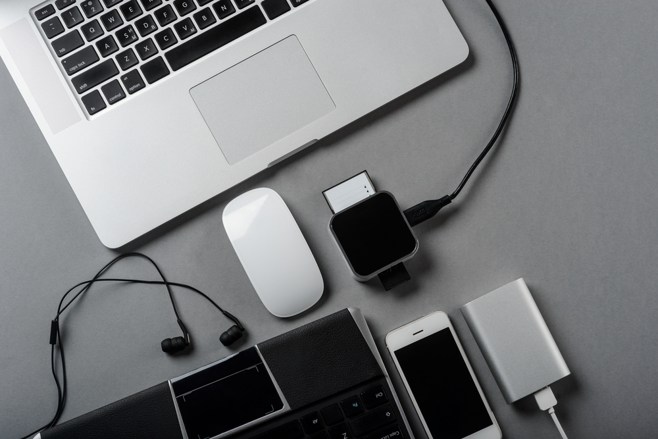 Yuriy Golub / Shutterstock
The rapid evolution of technology is presenting not only opportunities, but also challenges in the workplace. The majority of office spaces are years behind innovative IT solutions, and many find it difficult to integrate new resolutions into the space without being greeted with a mass of entangled wires.
Part of designing flexible layouts is to ensure power and data is considered – it’s imperative for future proofing your office. Soft wiring is a simple alternative, and allows a lot more flexibility in your office space, which is vital. Soft wiring is simple to install, increases safety and enables you to easily rewire at any time to ensure you can easily adapt to various changes that may occur in the future of your business.
Yuriy Golub / Shutterstock
The rapid evolution of technology is presenting not only opportunities, but also challenges in the workplace. The majority of office spaces are years behind innovative IT solutions, and many find it difficult to integrate new resolutions into the space without being greeted with a mass of entangled wires.
Part of designing flexible layouts is to ensure power and data is considered – it’s imperative for future proofing your office. Soft wiring is a simple alternative, and allows a lot more flexibility in your office space, which is vital. Soft wiring is simple to install, increases safety and enables you to easily rewire at any time to ensure you can easily adapt to various changes that may occur in the future of your business.
3. Technology at the forefront
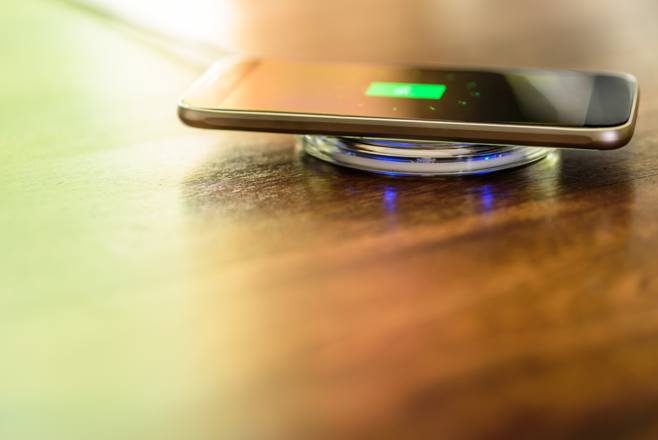 Jevanto Productions / Shutterstock
Workplaces that integrate with technology is a design trend that is on the rise, especially in tech businesses. Building in strong technology infrastructure means that your office will be able to support new user-end tech as it's released. One way to provide a strong foundation is to ensure that you have enough power throughout your office – you must find a happy medium for the number of devices in your offices that need to be powered up. For example, phones, laptops and tablets.
Our devices are constantly being upgraded, therefore strong charging infrastructure that can support these developments remains more valuable than ever. Think about how your company could incorporate wireless charging of devices and furniture with built-in power adapters and multimedia capabilities – frequently found in well-designed, flexible work environments.
Jevanto Productions / Shutterstock
Workplaces that integrate with technology is a design trend that is on the rise, especially in tech businesses. Building in strong technology infrastructure means that your office will be able to support new user-end tech as it's released. One way to provide a strong foundation is to ensure that you have enough power throughout your office – you must find a happy medium for the number of devices in your offices that need to be powered up. For example, phones, laptops and tablets.
Our devices are constantly being upgraded, therefore strong charging infrastructure that can support these developments remains more valuable than ever. Think about how your company could incorporate wireless charging of devices and furniture with built-in power adapters and multimedia capabilities – frequently found in well-designed, flexible work environments.
4. Helping to increase productivity
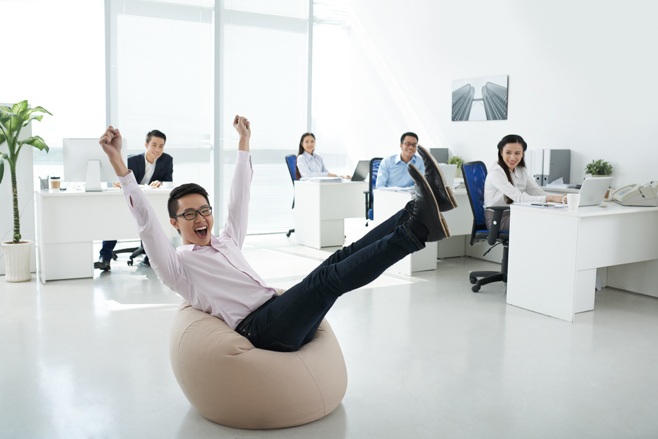 Dragon Images / Shutterstock
The health and wellbeing of employers is central to the design of office spaces. New workplace designs need to encompass positivity and make people happier, healthier and more productive in day to day working life. This has a positive impact on the business too, with companies seeing less staff turnover and decreased employee costs overall. Implementing sit-stand desks, areas for collaboration and privacy, comfort, airflow, lighting, plantation and an on-site gym (or gym membership) benefits employees in many different ways and helps to keep employees happy, causing them to fall ill significantly less.
Dragon Images / Shutterstock
The health and wellbeing of employers is central to the design of office spaces. New workplace designs need to encompass positivity and make people happier, healthier and more productive in day to day working life. This has a positive impact on the business too, with companies seeing less staff turnover and decreased employee costs overall. Implementing sit-stand desks, areas for collaboration and privacy, comfort, airflow, lighting, plantation and an on-site gym (or gym membership) benefits employees in many different ways and helps to keep employees happy, causing them to fall ill significantly less.
5. Bring the outdoors in
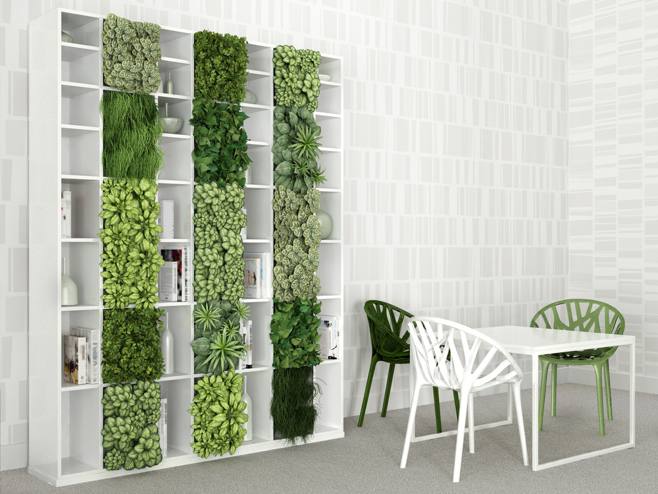 ArchiVIZ / Shutterstock
An office trend that is here to stay this year is embracing nature and bringing the outdoors 'in'. Being in close proximity to indoor plants is found to have an increased productivity rating on workers in office spaces. It has been reported by scholars in Norway that “indoor plants in an office can prevent fatigue during attention demanding work”.
Workers, on average, spend around eight hours in office each day; bringing more natural elements into the workplace will have a considerable workplace benefits. Living walls create an element of nature that also helps with air purity, and companies should consider harvesting food produce at work, to provide food to workers on their lunch breaks, such as vegetables like lettuce, radish, carrots.
Feature photo: tsyhun / Shutterstock
ArchiVIZ / Shutterstock
An office trend that is here to stay this year is embracing nature and bringing the outdoors 'in'. Being in close proximity to indoor plants is found to have an increased productivity rating on workers in office spaces. It has been reported by scholars in Norway that “indoor plants in an office can prevent fatigue during attention demanding work”.
Workers, on average, spend around eight hours in office each day; bringing more natural elements into the workplace will have a considerable workplace benefits. Living walls create an element of nature that also helps with air purity, and companies should consider harvesting food produce at work, to provide food to workers on their lunch breaks, such as vegetables like lettuce, radish, carrots.
Feature photo: tsyhun / Shutterstock